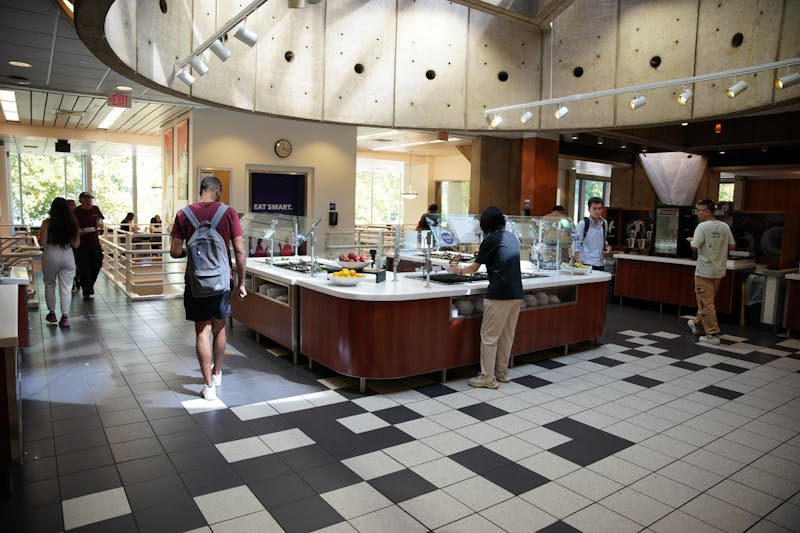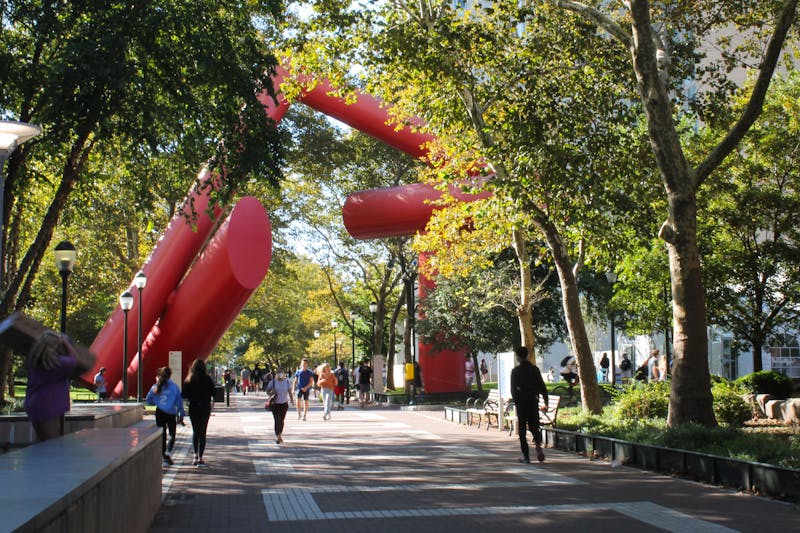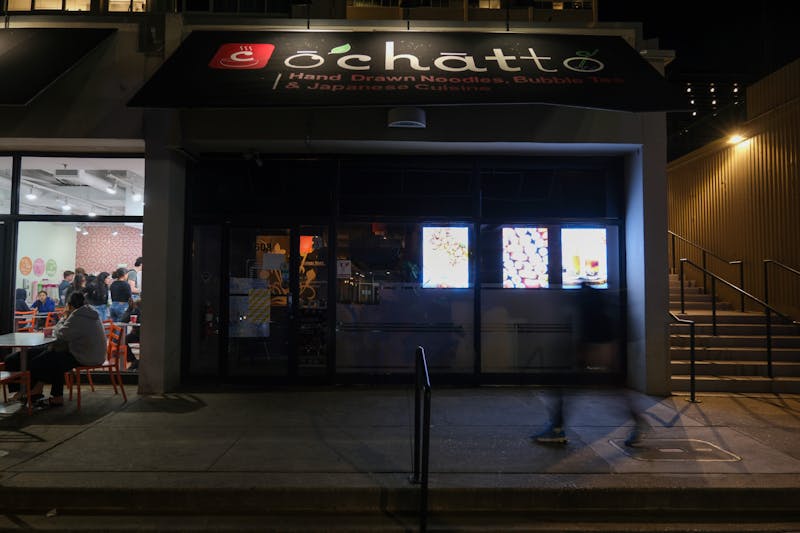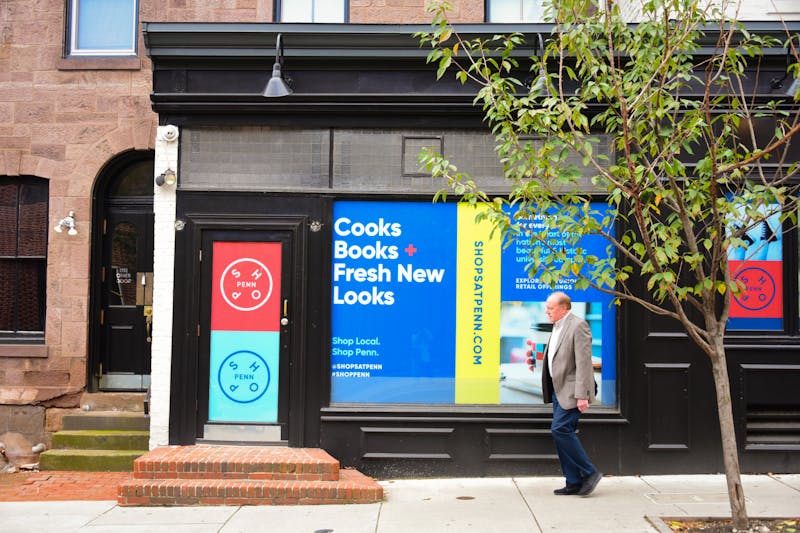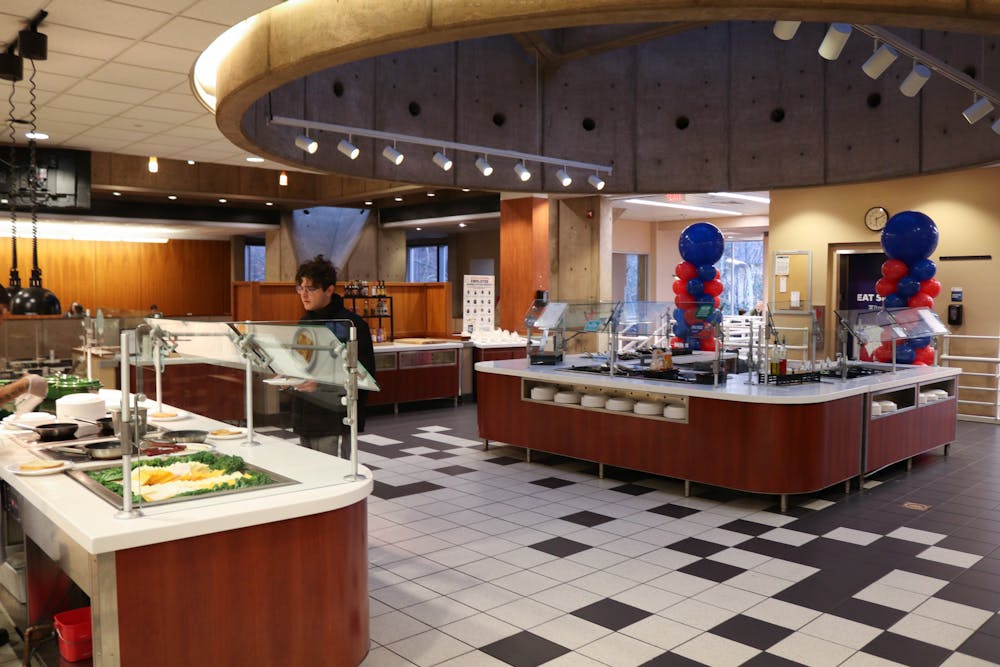
An analysis by The Daily Pennsylvanian found that less than half of all food items served in the major campus dining halls are allergen-free.
On-campus meal plans are required for first and second-year students, and while many juniors and seniors elect to eat off campus or prepare their own food to better suit dietary needs, over 50% of upperclassmen are enrolled in some form of meal plan.
The DP examined dinner options at Hill House, 1920 Commons, Lauder College House, and Kings Court English House for September 2024, the first full month in the academic calendar, to determine the accessibility of dining options that meet a range of dietary needs.
Across the four dining facilities, 2,724 individual menu items were counted, with the highest number of items — 1,282 items across 30 days — appearing at Hill House. 1920 Commons had the second highest number with 855 items. The same items across multiple days were counted as separate items.
Director of Business Services Pam Lampitt said that differences across dining halls can be attributed to Penn's “diverse campus … diversity in ethnicity, regionalization, palates, diversity in medical health.”
The most common meat type across dining halls was beef, an ingredient in 39% of nonvegetarian food items. This percentage was highest in Kings Court English House, where 57% of nonvegetarian items contained beef. In Hill House, chicken was the most common meat type available, with 33% of the meat in the dining hall falling in this category.
Penn Dining’s Head of Culinary Shazad Khan said that the menu development of each dining hall depends in part on its size and structure.
“Each location has its own soul, has its own group, its own physical plant, which lends itself to the execution of the food,” Khan said. “Depending on how many stations, how large the venue is, they’re quite different.”
Forty-four percent of all food items from the four dining halls were found to be allergen-free.
The DP considered allergen-free to apply to foods that do not contain the nine major allergens — milk, eggs, fish, shellfish, tree nuts, peanuts, wheat, soybeans, and sesame. Kings Court English House had the lowest percentage of allergen-free items at 31%.
Wellness Manager and registered dietitian nutritionist Sarah Goff said that serving students with special dietary needs is a big part of Penn Dining’s mission.
“We have a standard to offer at least one vegan and vegetarian soup every day in all of our cafes, and for our cafes that don't have a vegan station, to have a vegan or vegetarian rotating special every day,” Goff said.
Lampitt said that Penn Dining worked with a student who has celiac disease to develop a gluten-free cabinet in Hill and Commons, offering options such as pizza and chicken nuggets. Students have to get trained in order to utilize this cabinet, and must be approved by disability services.
College junior Philip Nenov, who has celiac disease, said that the lack of gluten-free options at some facilities affects how he uses his dining plan.
“I can’t eat at Houston; there’s almost nothing there for me, so dining dollars are limited to Gourmet Grocer,” he said. “I’m pretty limited to Hill, sometimes KCECH, but Lauder tends to be pretty exclusive … and Commons just has incredibly few options for me.”
Nenov said that SimplyOASIS, the allergy-friendly station at Hill and Commons, “is done very well,” and keeps separate bowls to avoid cross-contamination.
“It is kind of impractical that that’s the only place, because there’s normally like three things that you can choose from … So that's why I tend to not eat at the Oasis very often,” he said. “The staff is always willing to accommodate if you do need something.”
Twenty-two percent of all analyzed food items analyzed by the DP were vegetarian, with the lowest percentage for a single dining hall coming from Lauder at 12%. Vegan items were not included in the vegetarian category, and 52% of all items were vegan.
However, many vegan, vegetarian, and allergy-free items are sides for larger entrees, such as “sauteed onions” and “sauteed peppers,” which are regularly offered at Hill’s Pennsburg Grill to complement cheeseburger offerings.
Penn Dining conducts a survey every semester in order to determine what students are hoping to change about the dining plan and meets regularly with the dining advisory board.
Steven Green, director of operations at the Bon Appetit Management Company, said that in a recent survey, many students requested more international cuisines and pop-up events, which led to the Chef Signature Series.
Green also said that in partnership with the Muslim Students’ Association, there is an ongoing effort to expand the halal offerings on campus outside of Kings Court English House, which offers solely halal items.
“Looking at everything from our partnerships to recipe development, specialized dietary needs are something that's going to be a section of our business, going to continue to grow and develop,” Khan said. “We see it growing over the last 10 years, but in the next 20 it's going to be on the forefront.”
Staff Reporter Thomas Fong contributed data to this story.
Menu items in each facility were classified by cuisine, meat type (if containing meat), and vegan/vegetarian/allergy free status. Daily staples such as the salad bar, omelet station, breads, fruit bar, in Hill House, Kings Court English House, and 1920 Commons were excluded, as well as any items in sections labeled “sides” or “flavors.” Items in the "expo" category in English House and Commons were counted as one singular item. Additionally, the "American" Label was used to classify dishes that may be eaten in multiple different cuisines, such as "steamed green beans."
Quick Dining facilities (Joe’s Cafe, Gourmet Grocer, Starbucks, Cafe West, Pret a Manger, and Accenture Cafe) as well as additional retail dining locations (Penn Dining Sushi Spot, Houston Market, and Falk Dining Commons in Steinhardt Hall) were not included in the analysis, as they maintain largely static menus.
The Daily Pennsylvanian is an independent, student-run newspaper. Please consider making a donation to support the coverage that shapes the University. Your generosity ensures a future of strong journalism at Penn.
Donate







